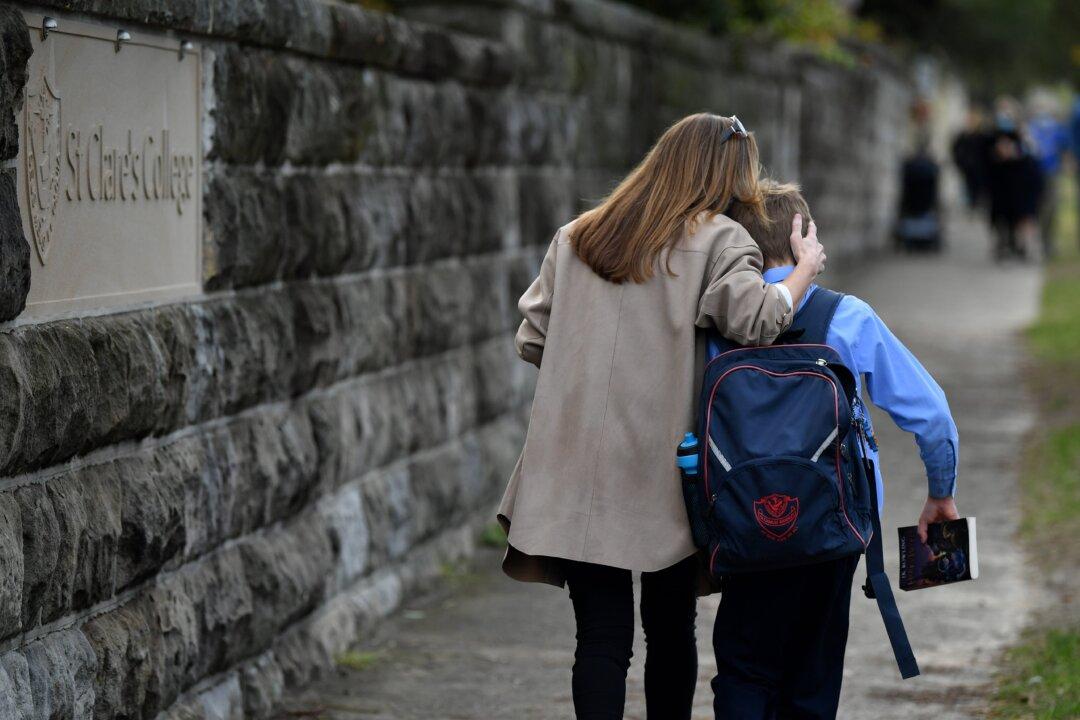Commentary
In his latest book, “The Boy Crisis,” Warren Farrell makes this chilling point. “For the first time in American history, our sons will have less education than their dads.”

In his latest book, “The Boy Crisis,” Warren Farrell makes this chilling point. “For the first time in American history, our sons will have less education than their dads.”